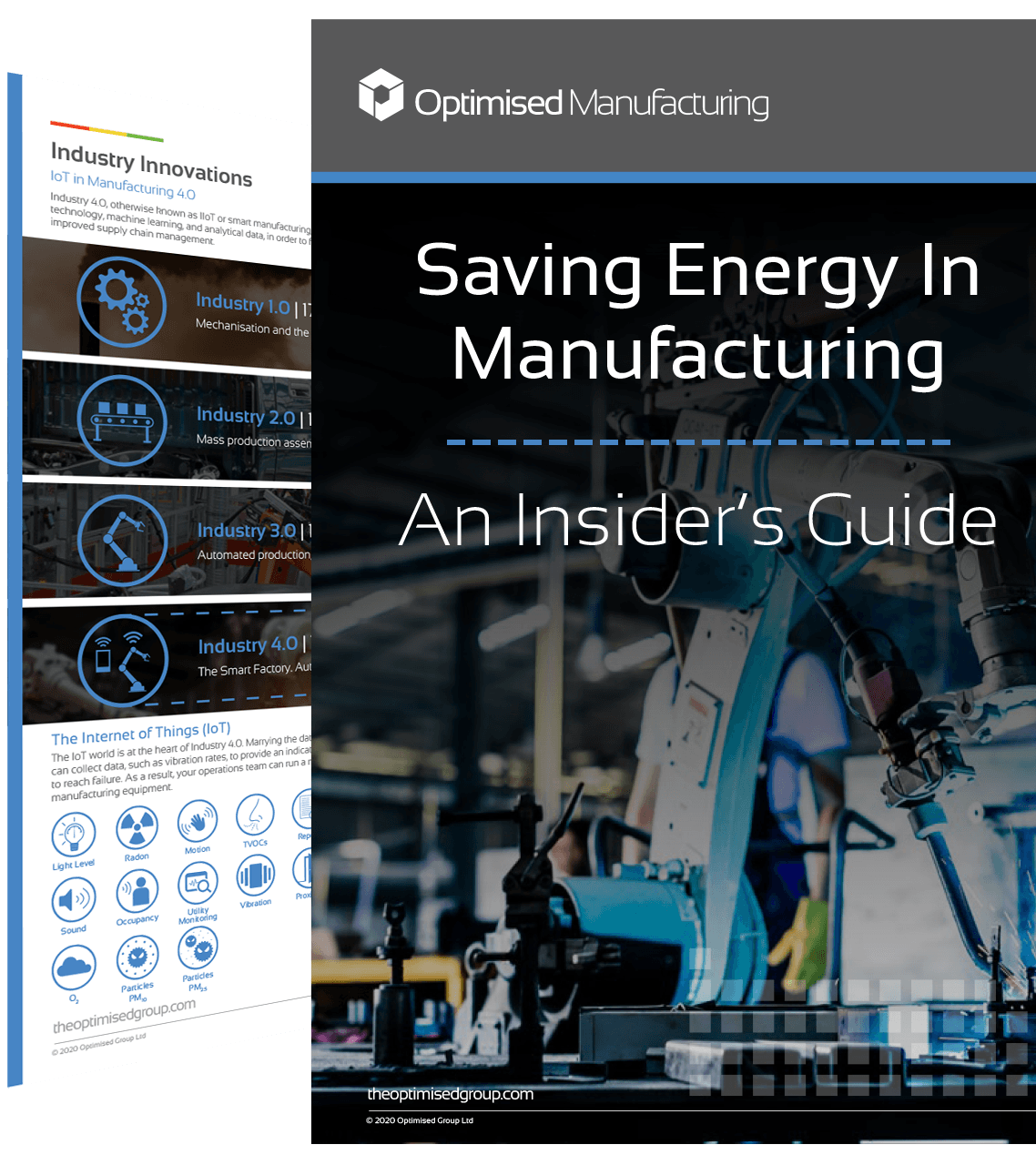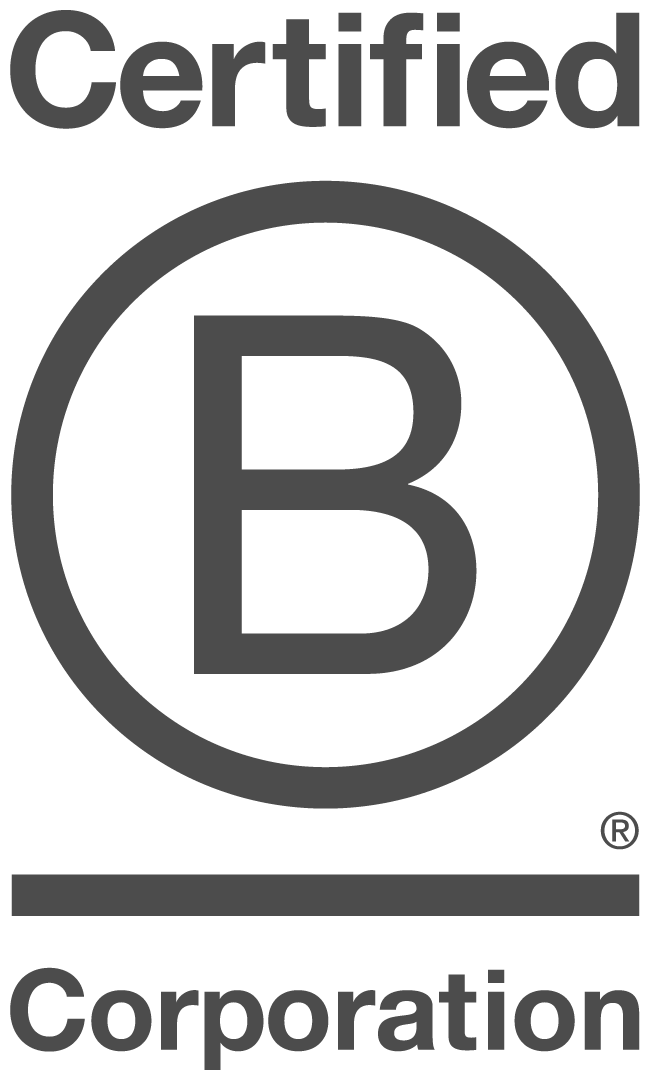Why Perform Regular Maintenance And Cleaning In Manufacturing?
It's common knowledge across all sectors, that maintenance and up-keep of equipment is a sure fire way to not only make your workshop look pretty, but to ensure the longevity of its lifespan, effectiveness and efficiency - and in manufacturing, frequently maintained and cleaned machinery is paramount.
Here are our top 10 toys to maintain in the manufacturing space.

HOW CAN YOU MAKE THE MOST OUT OF YOUR WORKSHOP?
Discover inside knowledge on energy efficient manufacturing practice, and how to get ahead of the game, for Industry 4.0.
Contact Us
BOOK YOUR 30-MINUTE ENERGY MANAGEMENT CONSULTATION
Fill in your details below to arrange a complimentary consultation with one of our experts. They will give you bespoke advice to help your business achieve all its energy needs, reducing cost, consumption and carbon.










